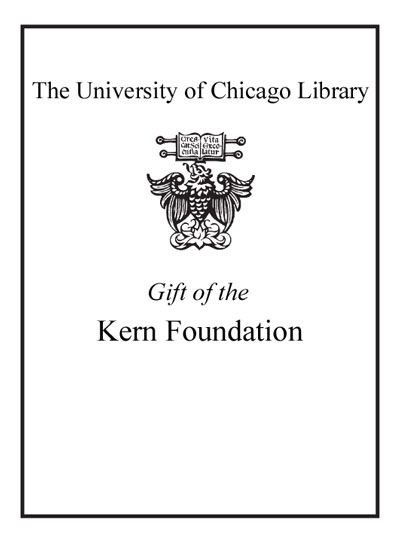| Summary: | Medieval Scandinavia produced one of the world's most famous and best-loved mythologies. The deeds of the Norse gods were told and retold in a body of poems and stories that provides us with a unique insight into the pagan culture of northern Europe, and which fascinates readers to this day. Myths of the Pagan North is a history of these tales from their origins in the early Viking Age through to the thirteenth century that shows how, where and, above all, why these myths were preserved in the Middle Ages, both before and after the conversion of Scandinavia to Christianity. --
Starting with their origins in the common Germanic pagan heritage, Christopher Abram explores how the Norse myths have altered over time, tracing the rise of the cult of Odin in the royal court of Norway, the effect of religious conflict between pagans and Christians on the development of myth, and the remarkable renaissance in traditional mythology in Iceland two centuries after its conversion. --
The long history of Norse mythology in the Middle Ages confirms that myths are eternal and ever-changing at the same time; Myths of the Pagan North shows how the history of myth-making in Scandinavia illuminates our knowledge of both the Norse gods and the people who worshipped them. --Book Jacket.
|
|---|

